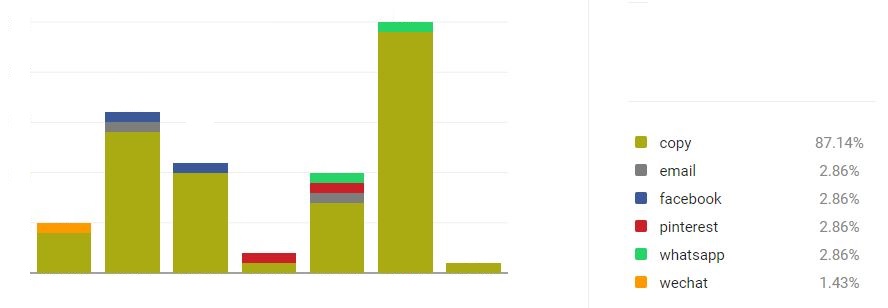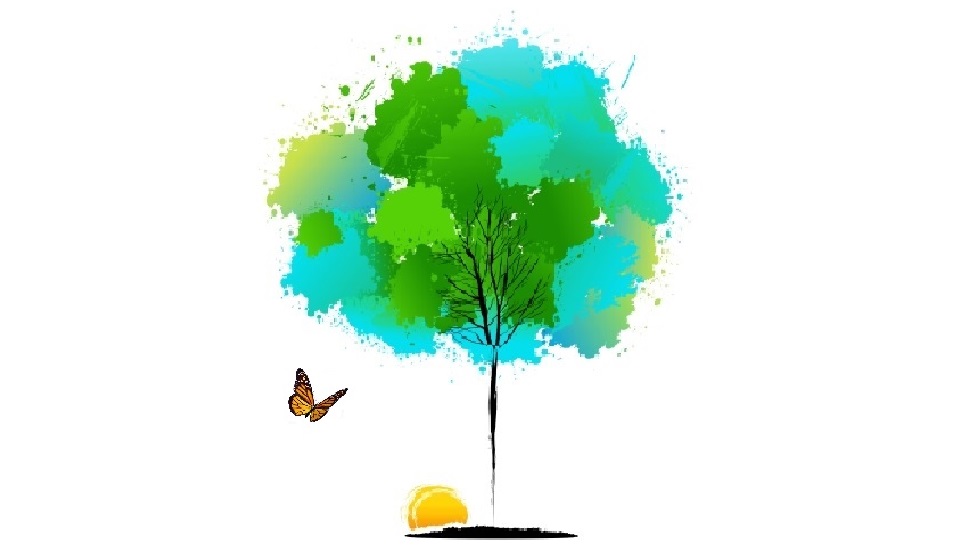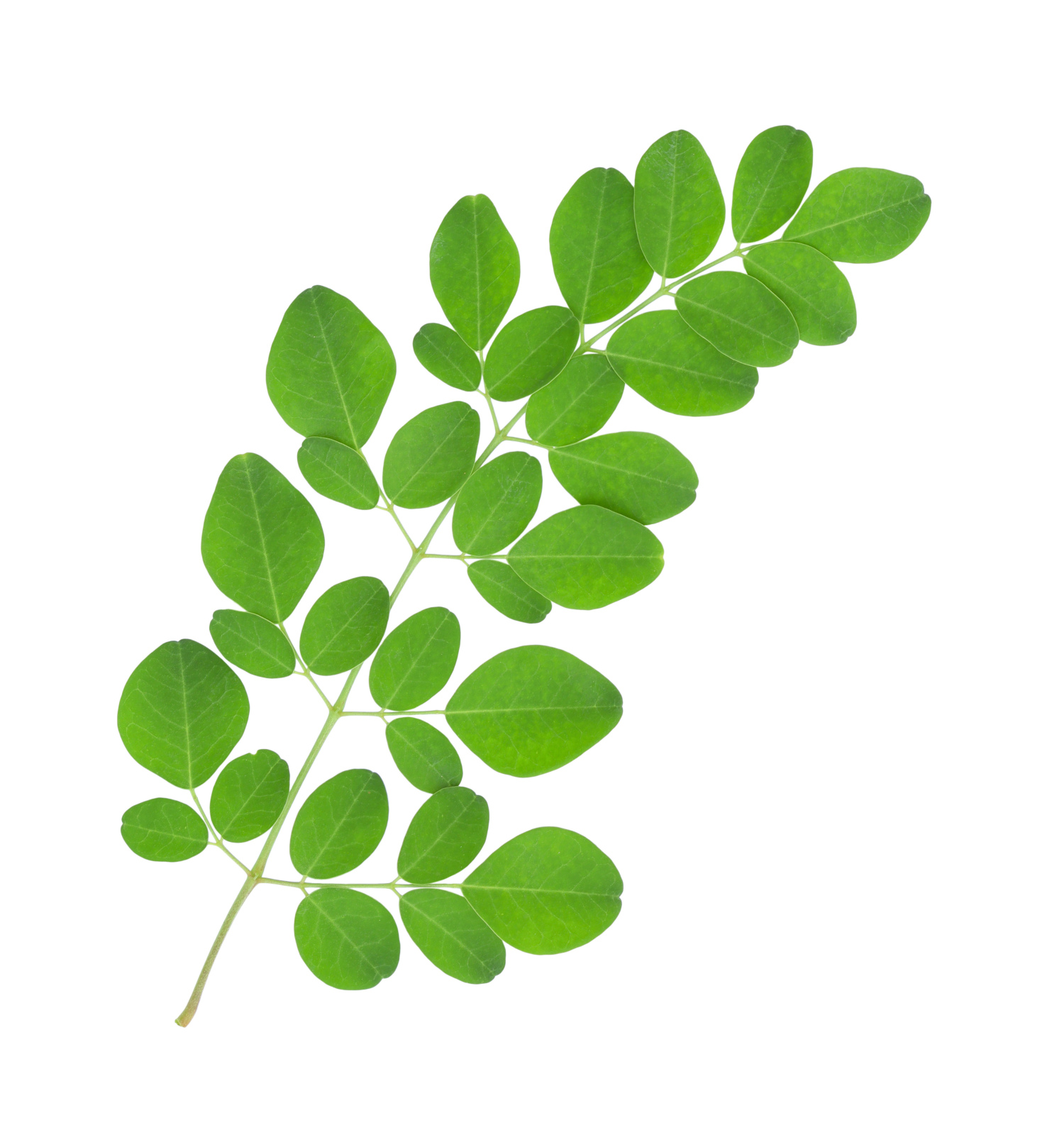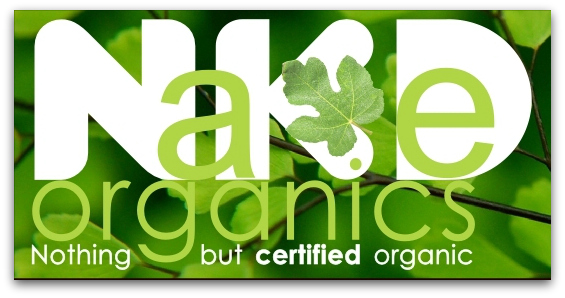|
|
www.moyoway.com |
Buy your Certified Organic |
|
|
CLICK FOR NAKED www.moyoway.com |
Moyo is an African origin word which implies that the
"heart and mind act as one to cultivate the spirit”
Moringa, Intensive Leaf Production and Cultivation - Part 2 of 2
by Caroline Olivier, Ing.F. M.Sc.
Part 2 - Grow Your Own Superfood by following these planting and care instructions for your Moringa seeds and trees. This article concerns intensive leaf production and cultivation on a test farm in the North of Senegal.
6. Cleaning and drying of harvested leaves, crushing and bagging dry leaves
Once the trees are cut, the harvested branches are washed in treated water to remove sand and dust from the leaves. We do not use untreated water from the Gueirs Lake which is invested by microbes such as bilharziasis.
The daily water needs are about 400 liters. We also enforce exemplary cleanliness among farm workers. During the harvesting and leaf cleaning time, workers must frequently wash their hands with soap and remove shoes or boot before entering the drying room.
A laboratory analysis of the leaf powder showed that it was a clean product free of fecal coliforms.
After the rinsing, the leaves are manually stripped from the branches and put into a basket for transport to the drying room. The moist leaves are spread onto the screened trays in thin layers to permit easy air circulation.
At the present time, the farm’s drying room has 250 such trays. Leaf-drying time depends on the level of humidity in the atmosphere. During the rainy season, 4 days are needed; during the dry season, 2 days are sufficient.
Once dried, the leaves are crushed using a diesel-powered hammer mill – a mill like the one used in villages to crush millet seed into flour, but with a finer screen.
The millet is stationed in the shaded area next to the drying room. The leaf powder transported to the village of Keur Momar Sarr, 21 km away, where electricity is available (there is no electricity at the farm or in the village of Ndimb).
At Keur Momar Sarr the leaf powder is placed in plastic bags of 200 gr, 1 kg or 4 kg which are sealed shut using a plastic welder.
Only the leaves are used in producing the powder. The stems left behind are fed to sheep which appear to fatten more rapidly than sheep fed the traditional diet.
7. Yields and costs
At this time, the root mass of the Moringa plants represents a considerable proportion of the total mass of the plants, but to date this has not caused any problems.
What knowledge we have suggests that productivity will start to decline three years from now if the plantation is maintained that long.
Large inputs of fertilizers are necessary to maintain the current level of productivity within a density of 1 million plants per hectare. These fertilizers are very expensive.
But it is labor which remains the highest expenditure among ongoing costs after the investments made through fixed costs such as drying room construction and purchase of hammer mill and motor pump.
Without taking into account fixed costs and unexpected repair costs, the plantation operates with about 1,200,000 CFA francs per month (about US$2,400 with an exchange rate of 500 CFA per dollar).
This amount includes:
- Vehicle use (fuel cost)
- Permanent staff salaries (1 driver, 4 laborers, 1 guard, 1 sack filler, 1 fieldworker)
- Temporary staff salaries (women employed for large harvests and weeding)
- Supervisor’s salary (horticulture specialist attached to ASREAD in Keur Momar Sarr)
- Per diems for agro-forester/manager
- Fuel for motor pump and hammer mill
- Fertilizers
- Insecticides
- Maintenance of horse and cart
- Purchase of treated water for leaf rinsing
- Miscellaneous tools and materials
All these calculations do not include costs incurred by problems with the motor pump, maintenance of the water canal, vehicle maintenance and general repairs, all or any of which can present considerable expenses.
If we calculate the total production costs on the basis of combined fixed and operating expenses, one kilogram of dried Moringa leaf powder cost about $4.30.
This estimate is based on the production of 200 kg powder per week, or 10 tons per year. We have not yet progressed to this level of production but are currently producing 5 tons per year.
8. Production, personnel and use of leaf powder
As mentioned above, we are currently producing slightly more than 100 kg of leaf powder per week. The labor for producing this amount is composed of 4 men working full-time.
From time to time, when product demand increases, we hire three women part-time to assist in the work.
If we hired additional full-time workers we could produce between 300 and 400 kg of powder per week – representing an annual production of 20 tons/ha – but with the costs of production already high, we have decided to not increase to this level.
All the production is earmarked for development projects in the West Africa region: projects aimed at the problems of malnutrition among children, among women at childbearing age, and for livestock feed (experimental).
9. Technical document
- Irrigation method: Drip tubes (produced by Netafim in Israel)
- Water source: Ndimb canal of 4 km length with water from Guiers Lake
- Soil: 95% sand
- No. plants/ha: 1,000,000. After 2 years, about 600,000 surviving
- Planting distance: 10cm
- Distance between drip holes: 20cm
- Harvesting method: Manual (hand scythe)
- Drying method: 250 drying shelves protected from sunlight in drying room
- Irrigation: Rainy season: 72,000 liters/ha/jay
- Dry season: 108,000 liters/ha/day
- Fertilization: 16-48 kg/ha/week of NPK (21-7-20) and 8 kg urea/2 weeks
- Insecticide: DECIS 25, application according to caterpillar attack
- Leaf powder production: +/- 100 kg/week
- Hammer mill and motor: Diesel motor, 1 cylinder mark Hatch, millet mill
- Motor pump: Diesel motor, 1 cylinder mark Hatch, attached to pump
- Transport: 4x4 pickup, plus 1 cart and horse
- Personnel: 1 agroforester, 4 laborers, 1 sack sealer, 1 driver, 1 guard, 1 maintenance worker
REFERENCES :
FUGLIE, Lowell J., 2001. Combattre la malnutrition avec le Moringa in L’arbre de la vie, Les multiples usages du Moringa. CTA et CWS, Dakar, pp.119 à 139
FOIDL, N., HARINDER, P. S. et K. BECKER, 2001. Potentiel du Moringa oleifera pour les besoins agricoles et industriels in L’arbre de la vie, Les multiples usages du Moringa. CTA et CWS, Dakar, pp.45 à 78
Source :
I will gladly respond to questions. Address them to:
Caroline Olivier, Ing.F. M.Sc.
CWS, Bureau régional d'Afrique de l'Ouest
B.P. 5338, Dakar, Sénégal
Tél. bureau: 221.864.12.04
Fax.: 221.864.14.11
e.mail: olivcaro@sentoo.sn
Web site: www.moringatrees.org



